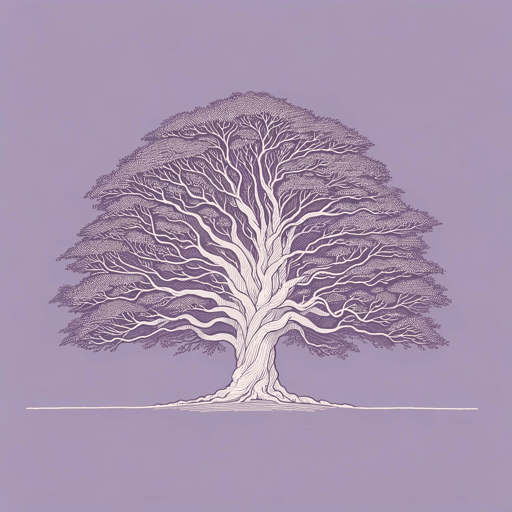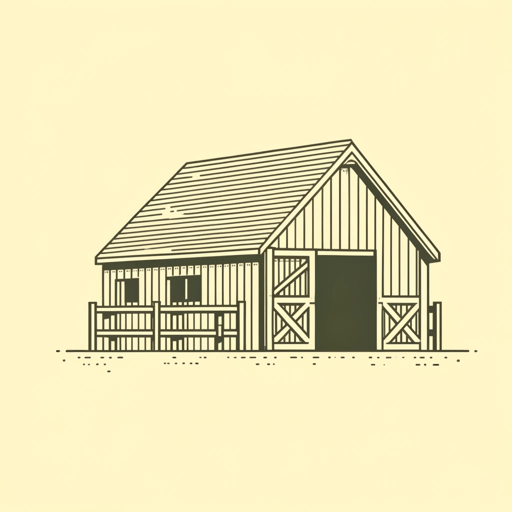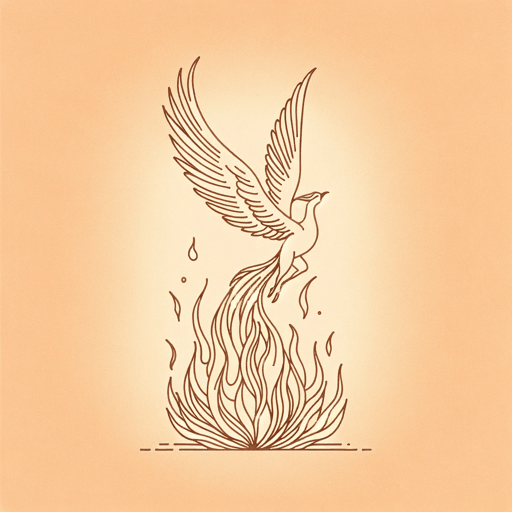48 pages • 1 hour read
C. S. LewisThe Horse And His Boy
Fiction | Novel | Middle Grade | Published in 1954A modern alternative to SparkNotes and CliffsNotes, SuperSummary offers high-quality Study Guides with detailed chapter summaries and analysis of major themes, characters, and more.
Themes
Good Versus Evil
For Lewis, who had endured two world wars, the division between good and evil was not merely academic. Instead, it was the lens through which he viewed all human experience. In his Narnia books, Lewis conflates those qualities most often viewed as virtues—honesty, trustworthiness, courage, compassion, truthfulness—with godliness. In each case where a character is portrayed as a worthwhile person of integrity, there is an implicit divine blessing. Those who know and worship Aslan are good people. Those who are wicked, harmful, and duplicitous do not know Aslan.
One of the clearest examples of this dynamic occurs in Chapter 15 when the virtuous people are debating what to do with the evil Rabadash. The discussion about how to deal with him is candid, informed, open-minded, and thoughtful, and these qualities are not present in any of the conversations held among the Calormene. King Edmund, a prior recipient of a great act of mercy from Aslan, wants everyone to remember that “even a traitor can mend” (230). Thus, while they acknowledge Rabadash’s treachery makes him subject to execution, these good people all want to show mercy. When Aslan appears, he does so to counsel Rabadash to accept the conditions offered by King Lune.
Related Titles
By C. S. Lewis

A Grief Observed
C. S. Lewis

Mere Christianity
C. S. Lewis

Out of the Silent Planet
C. S. Lewis

Perelandra
C. S. Lewis

Prince Caspian
C. S. Lewis

Surprised by Joy
C. S. Lewis

That Hideous Strength
C. S. Lewis

The Abolition of Man
C. S. Lewis

The Discarded Image
C. S. Lewis

The Four Loves
C. S. Lewis

The Great Divorce
C. S. Lewis

The Last Battle
C. S. Lewis

The Lion, the Witch and the Wardrobe
C. S. Lewis

The Magician's Nephew
C. S. Lewis

The Problem of Pain
C. S. Lewis

The Screwtape Letters
C. S. Lewis

The Silver Chair
C. S. Lewis

The Voyage of the Dawn Treader
C. S. Lewis

Till We Have Faces
C. S. Lewis

